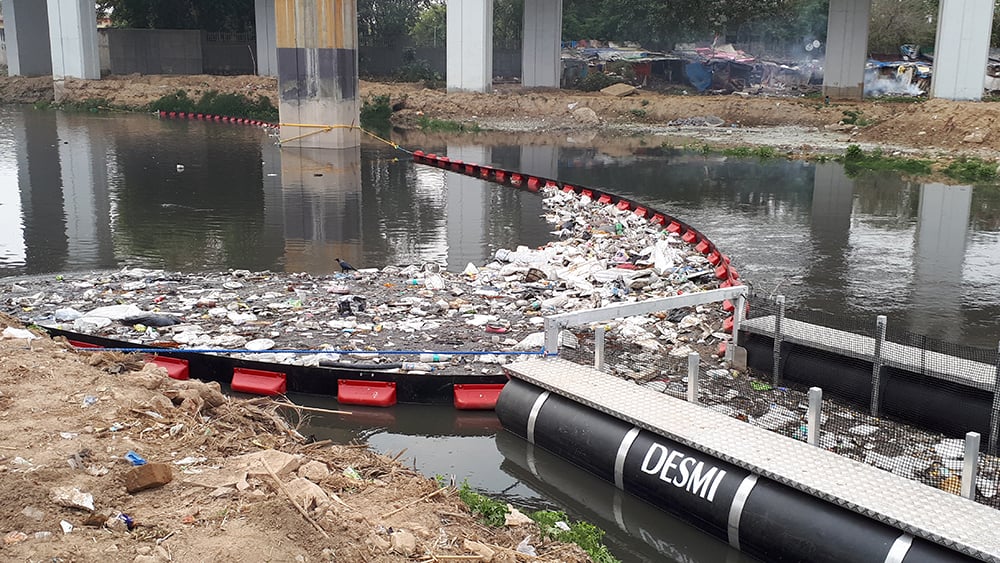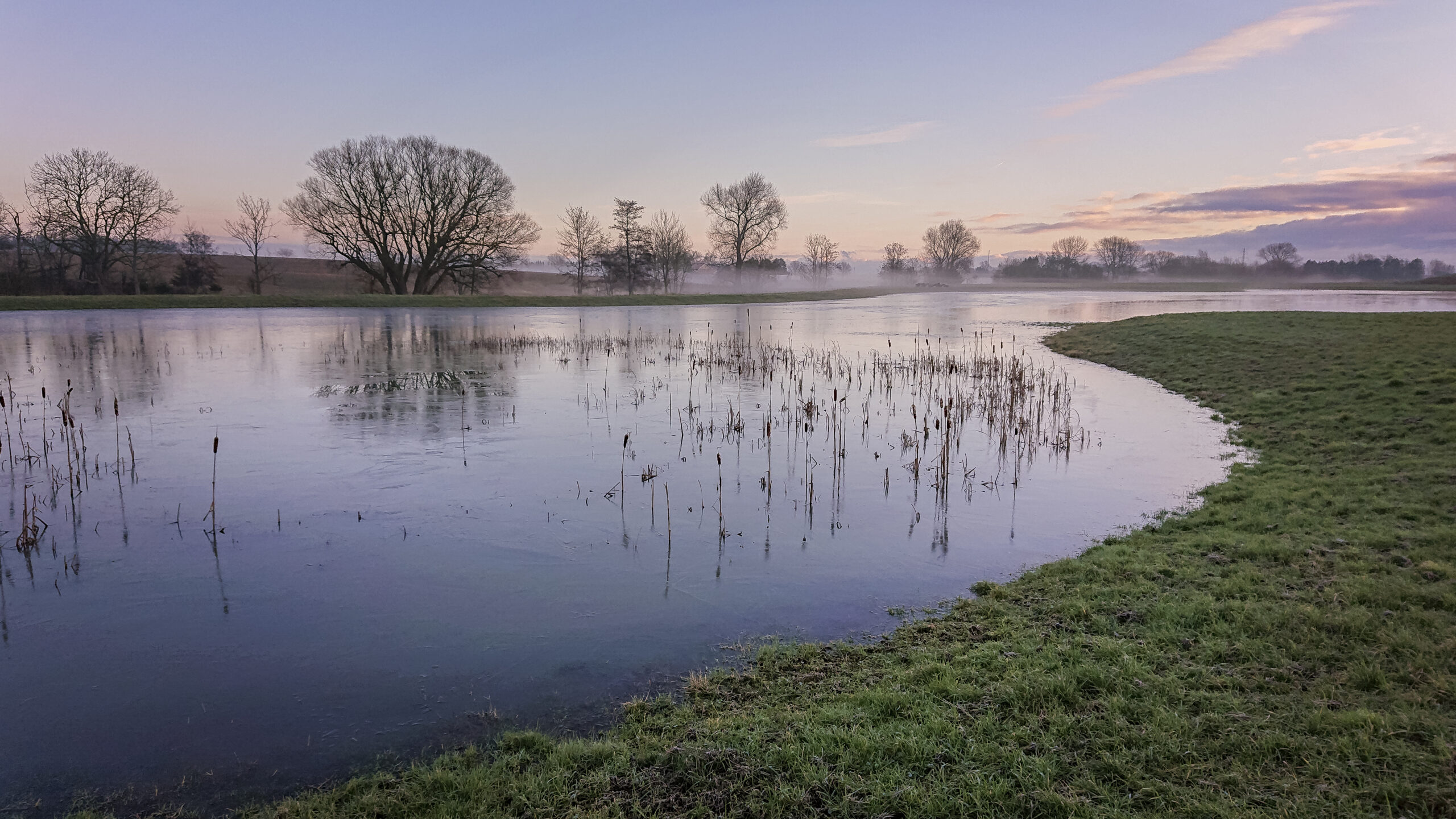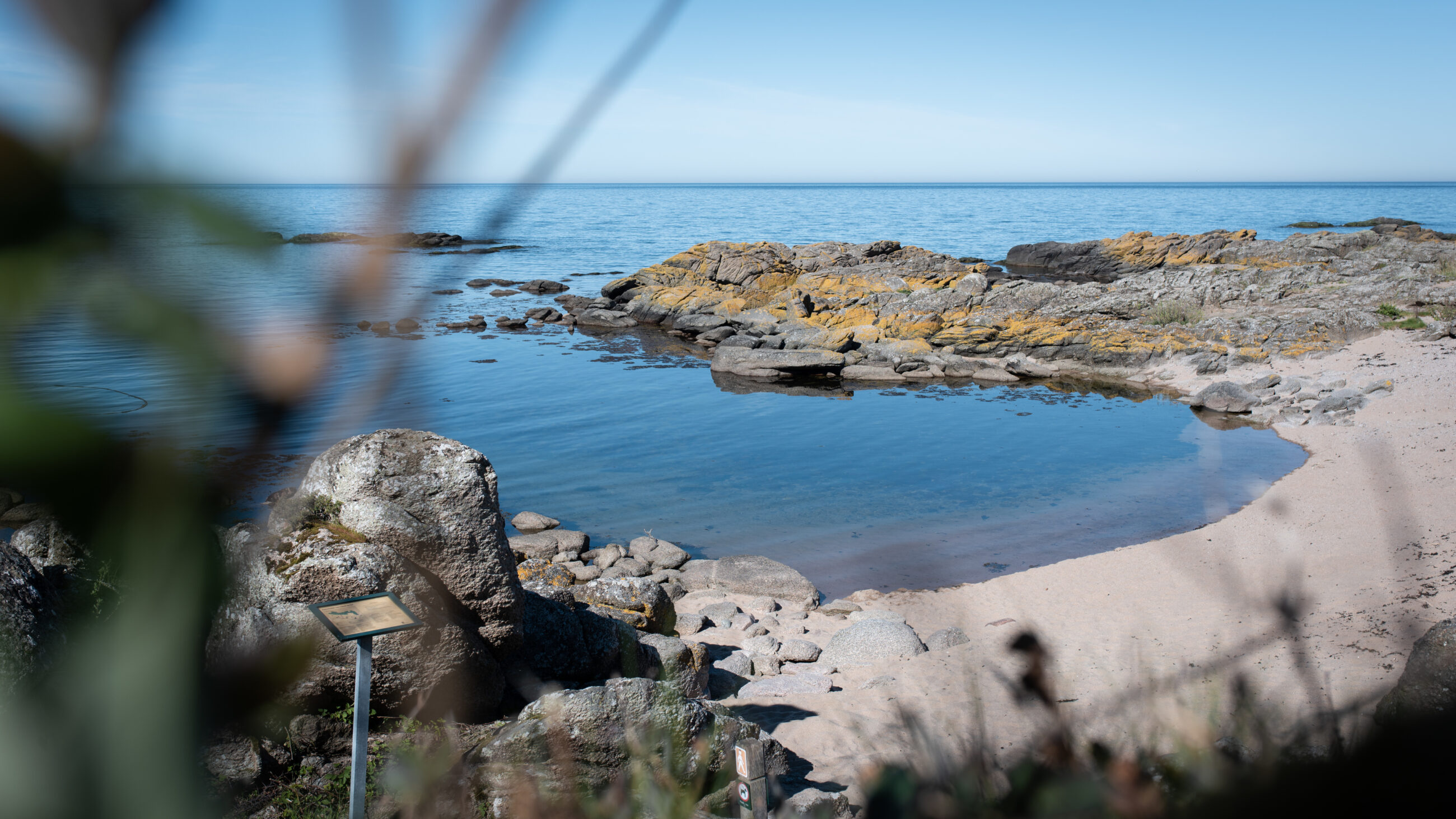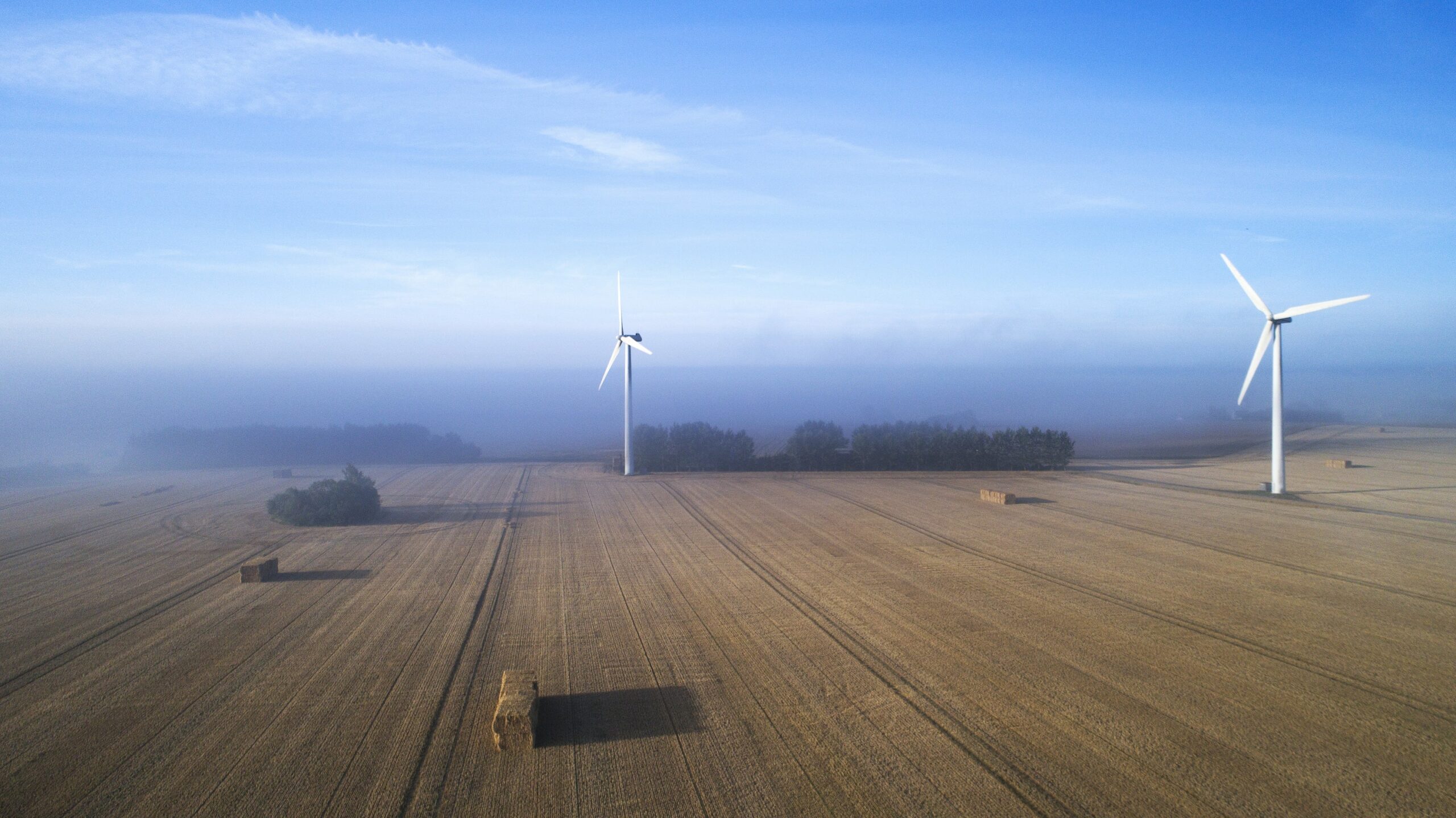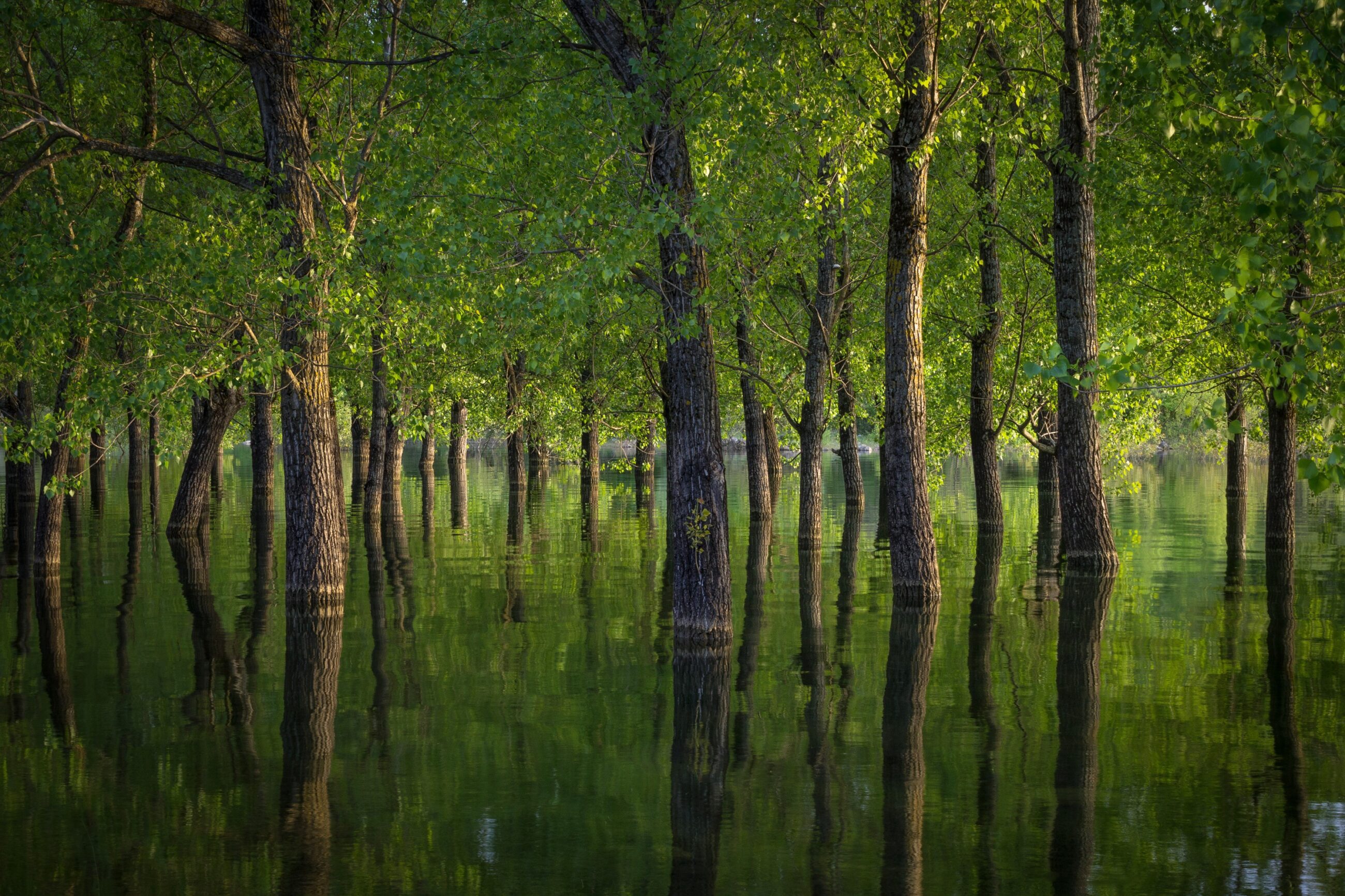News
Circular business models
Recycling of waste to material
Waste management
Packaging is the Next Sustainability Battleground


The chilling warning from the World Economic Forum that when measured by weight, there will be more plastic in the oceans than fish by 2050, is no longer new information. 50 years after the recycling logo was introduced, sustainable packaging has made inroads into consumers’ consciousness and their expectations of companies have increased correspondingly.
A new publication released by French-based consultancy, Ipsos, documents why today’s consumers are highly aware of the impact plastic packaging has on the world’s oceans and are therefore demanding sustainable packaging. Titled ‘The Third Moment of Truth’, the report is part of Ipsos’ regular ‘Game Changers’ series. Crucially, the report provides concrete information on how and why packaging will play a new role in the future – not only as a way for companies to profile themselves as green organisations, but also as a way to appeal to consumers.
-Related publication: Circular Economy: Denmark as a circular economy solution hub
The report highlights a number of companies tapping into the consumer driven trend for sustainable packaging. One of them is the Danish brewery giant Carlsberg, which has developed a six-pack of beer where the beer cans are glued together rather than wrapped in plastic. The ubiquitous coffee chain Starbucks is also taking a role commensurate with its global impact by developing a new lid for its to-go coffee cups and removing straws from its stores. The report by Ipsos documents that almost fifty per cent of consumers support regulations on plastic that limit for example, the use of plastic straws. Furthermore, up to 80 per cent of global consumers believe we are heading towards an environmental catastrophe if we fail to make dramatic changes to our behaviour immediately.
What should companies do?
To meet the demand for sustainable packaging, companies should assume environmental leadership. The report outlines three main ways they can do so: via the use of new technology, compostable material or rethinking known formats, where Carlsberg’s new six-pack design is a good example of the latter. The conclusion is the companies taking an environmental leadership position are the ones who will reap rewards. For example, in the case of Starbucks, 48 per cent in the 18 – 34 age group reported feeling more positive towards the brand after the company’s announcement. Furthermore, 82 per cent of American consumers agree that companies should actively support the reuse of the products they produce.
-Related solution: Treatment and recycling of plastic waste
Sustainable packaging in the future
Ian Payne, global lead in pack testing development at Ipsos states: ‘We are facing a decisive milestone, where larger questions are being raised about the fundamental aspects of packaging design. Consumers will most likely reward companies who seize the opportunity. In addition, packaging gives companies a genuine possibility to differentiate themselves in a meaningful way, which can directly influence consumers’ choices.
This statement is confirmed by the well-known Danish liquorice brand, Lakrids by Bülow:”Lakrids by Bülow makes use of sustainable packaging as much as possible. Two of the most important parameters in our rebranding exercise have been to define an iconic shape and find materials that result in our consumers being able to enjoy our products with a clean conscience. Going forward, one of our largest challenges will be recycling much more than we currently do. We have already taken the first step by switching all our jars to 100 percent recycled plastic,” says Fredrik R. Nilsson, CEO of Lakrids by Bülow.
Source: CSR.dk

